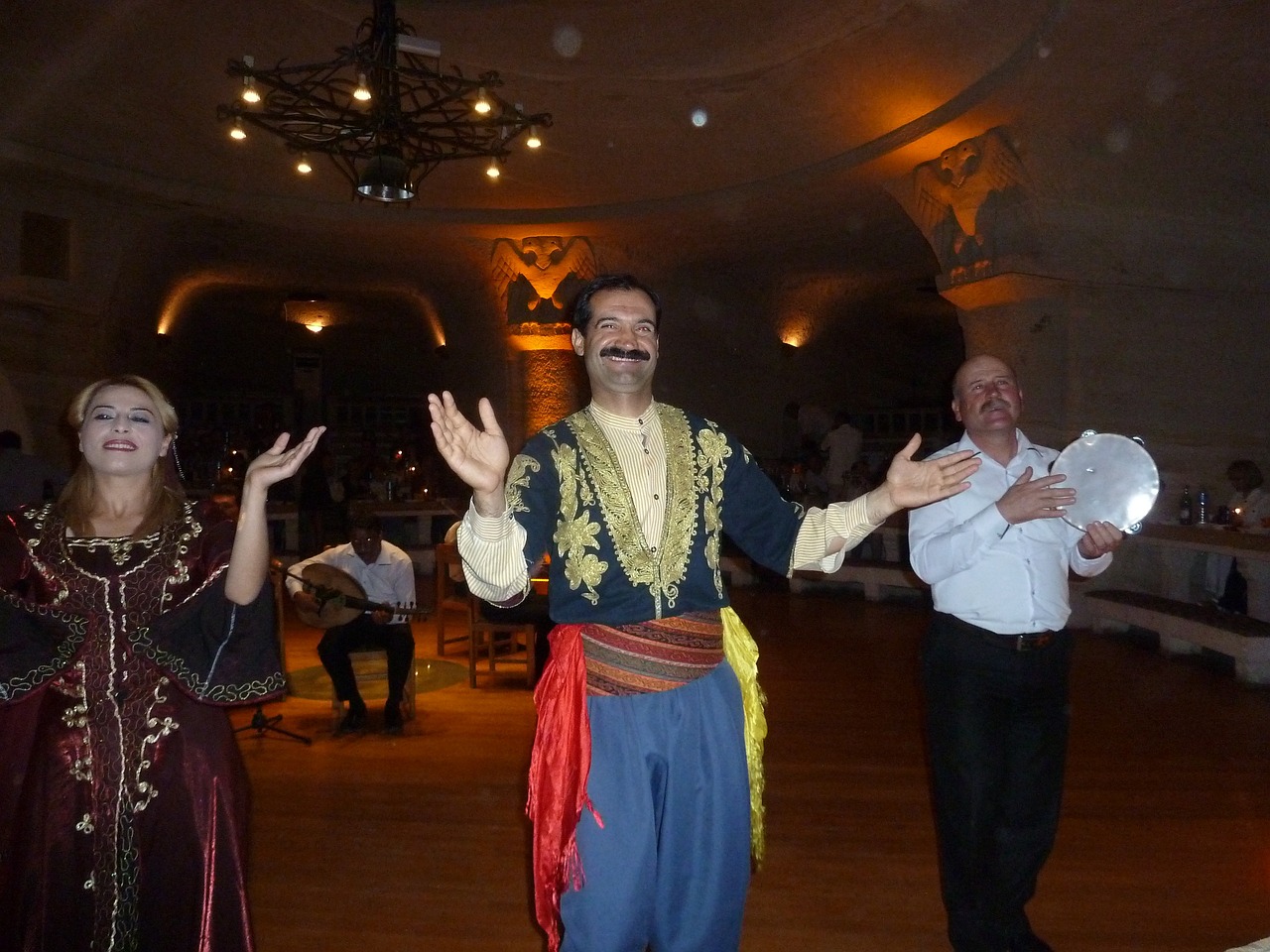Ireland, a small island teeming with culture and ancient tales, boasts a rich tapestry of folklore that has been preserved through generations via oral storytelling. Many of these captivating narratives are closely tied to specific landscapes, often used to explain the origins of certain local features.
The Enchanted Tale of the Children of Lir
Deep in rural Mayo, nestled amidst its scenic hills, lies the poignant legend of the Children of Lir, a story that has found its home in the hearts of many. This tale is forever linked to the picturesque Carrowteige area, where a sculpture commemorates the fate of the bereaved children. These children, Fionnuala and her brothers Aodh, Fiachra, and Conn, were cursed to wander the wilds of north County Mayo as swans for three centuries, a fate that resonates deeply with the diaspora of Mayo who were compelled to leave their homeland for places such as America, Canada, and Australia, often never to return.
Lir and His Family
Lir, a noble lord, once faced a tumultuous period when he was denied kingship, leading him to initially reject the authority of the newly crowned King Bodb Derg. However, in a gesture to mend relations, Bodb offered Lir his daughter Aoibh’s hand in marriage, which Lir graciously accepted. Together, they welcomed four children into the world, including the cherished Fionnuala. Tragically, Aoibh died shortly after childbirth, prompting Lir to remarry. His new wife, Aoife, who was both beautiful and bitter, harbored jealousy towards her stepchildren.
The Curse Laid by Aoife
Feeling increasingly depraved by the affection that Lir had for his children, Aoife’s jealousy drove her to the brink. Able to wield some magic, she conjured a sinister plan to rid herself of the children. She invited them on an outing to the lake, under the guise of a delightful excursion. Once there, she used her dark magic to transform them into four magnificent white swans. Thus began their accursed journey – spending three centuries on the tranquil shores of Lough Derravaragh, followed by three more on the tumultuous seas of Moyle, and finally, another three hundred years on the remote isle of Inis Glora.
The Resilience of the Swans
Despite their transformation, the children retained their ability to communicate, using their melodic voices to enchant the locals who gathered to listen. Their songs brought joy and healing, transforming sorrow into bliss and spreading tranquility across the lands. However, the harsh conditions of the Sea of Moyle brought significant suffering, with relentless storms that threatened to keep them apart.
Upon reaching the isle of Inis Glora, the swans turned their hearts to prayer, seeking divine protection. Their cries did not go unheard, and they experienced a brief respite, yet they remained swans all the while, perpetually longing for their human forms.
A Glance into Redemption
After enduring nine centuries bound by their spell, the children returned to their once-familiar land, now changed and desolate. It was there they heard the sound of a church bell, heralding a chance at redemption. A monk, potentially St. Patrick himself in some versions of the tale, recognized their haunting melodies and responded to their plight.
In a twist of fate, as King Lairgnen sought to claim the magical swans, their transformation back to human form was met with inevitable aging. As they transitioned into old age, they requested baptism, thus fulfilling their forgotten human lives.
In essence, this poignant narrative reflects the heart of Irish folklore, bridging themes of love, loss, and the enduring hope for redemption. The story of the Children of Lir has become emblematic of the rich traditions and emotional landscapes that characterize Ireland’s heritage.
For more tales embedded in Irish culture, readers are encouraged to explore other stories like the Hag of Beara and the mystique of selkies.



